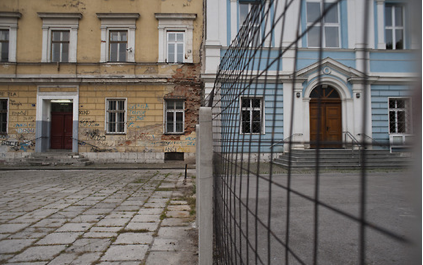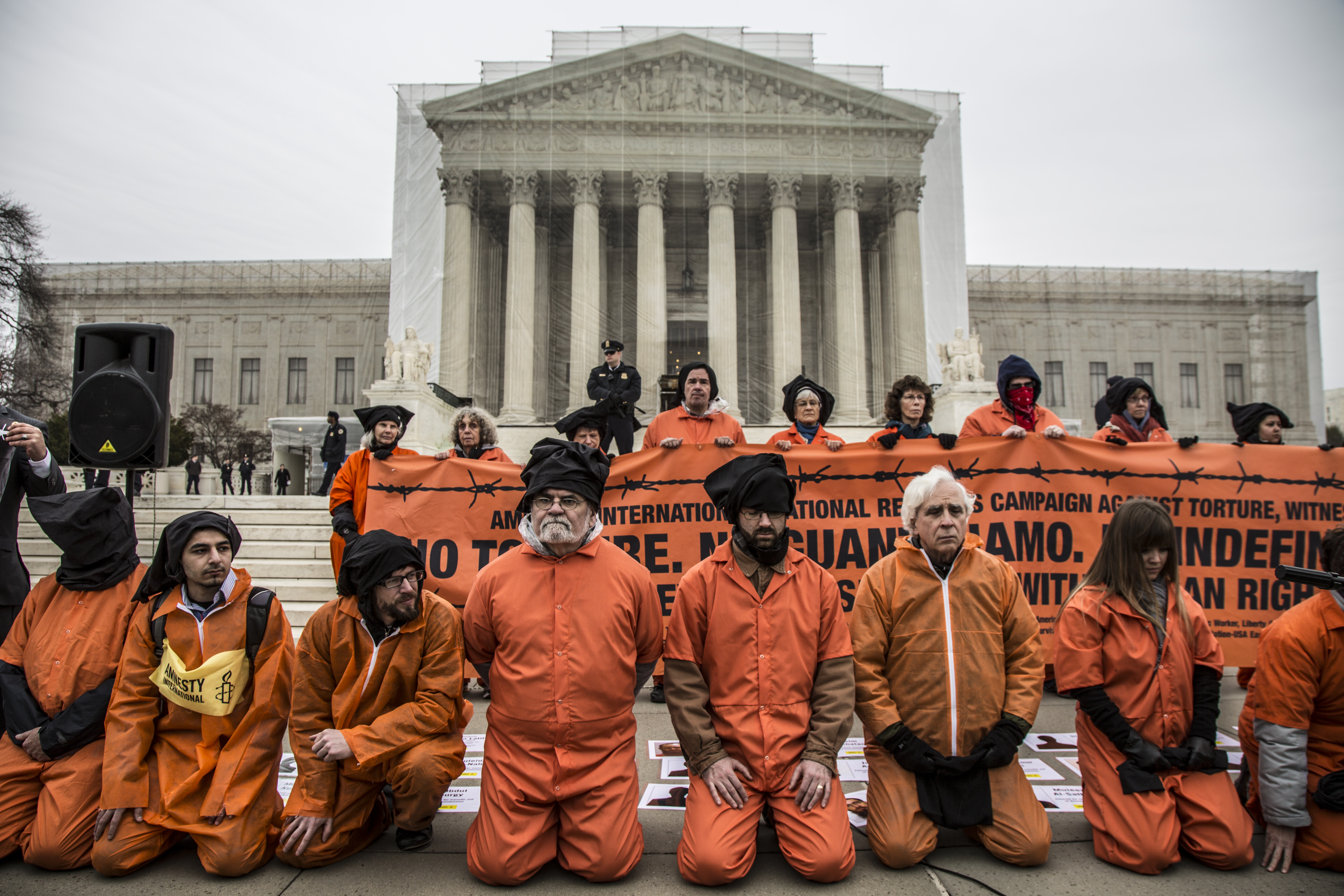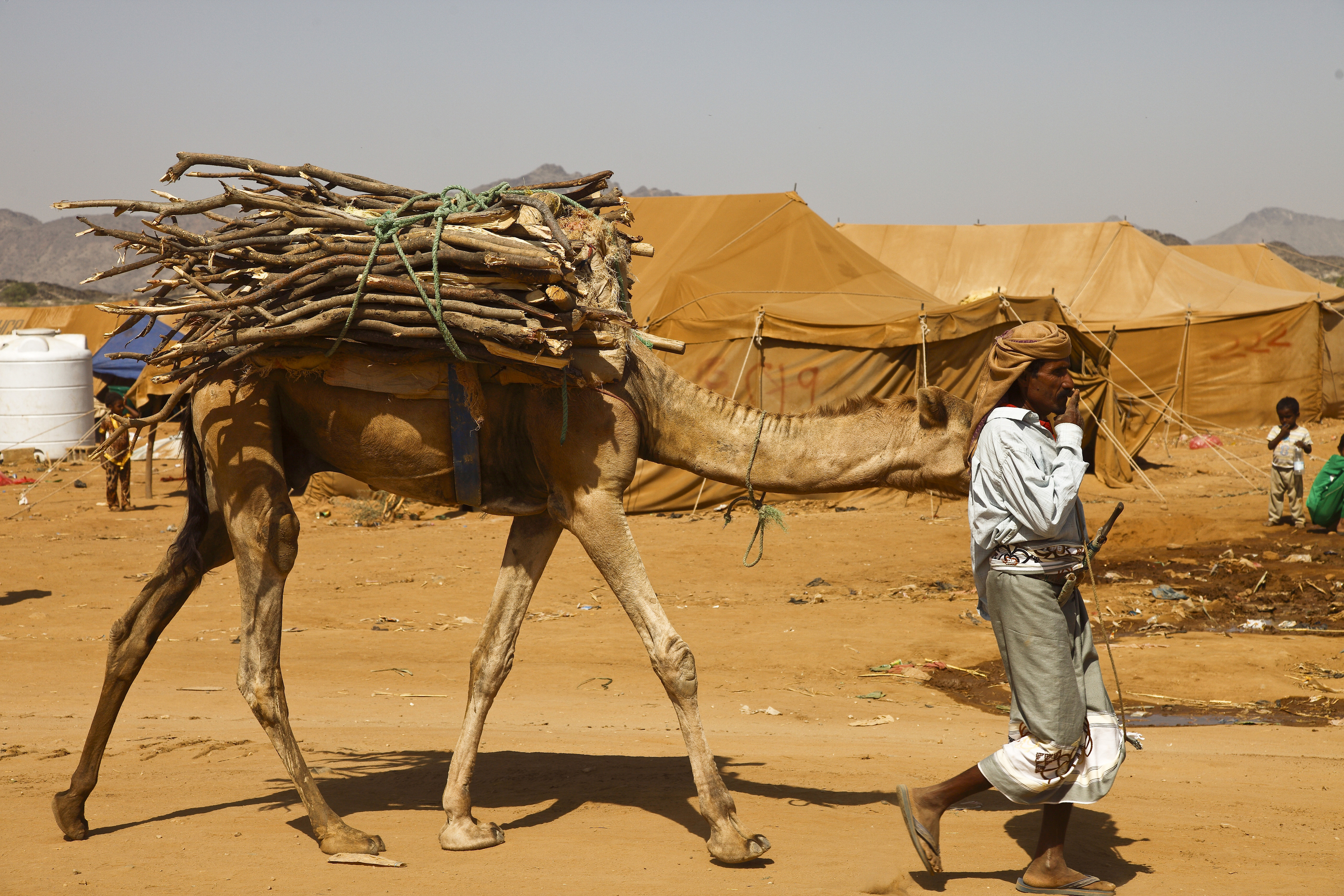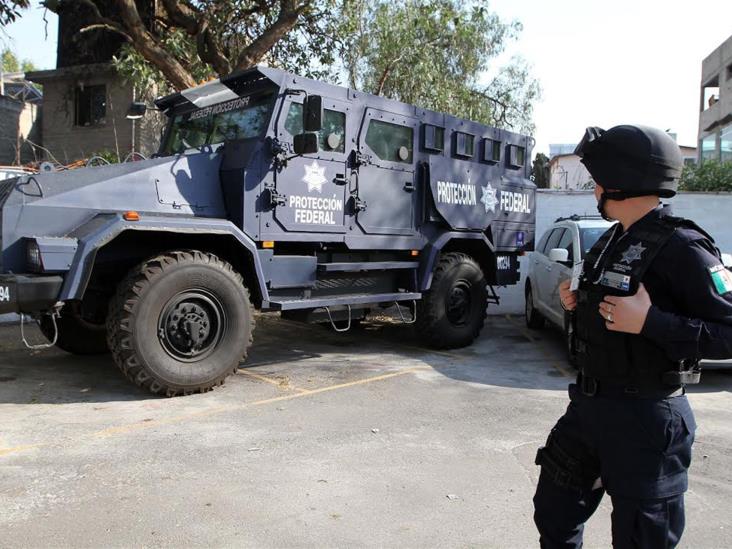By Maja Halilovic-Pastuovic for Denver Dialogues.
Two decades after the signing of the Dayton Peace Agreement, as Bosnia and Herzegovina sits on the brink of gaining EU membership, the country has done much to distance itself from a bloody and conflict-ridden past. The conflict in Bosnia was the bloodiest in modern European history and the first recognized case of genocide in Europe since the Second World War. Three years and eight months of conflict resulted in an estimated 100,000 deaths, of which around 38,000 were civilians, and the atrocities perpetrated were on such a scale that the term “ethnic cleansing” was coined in relation to the actions committed. In addition, 3 million people were displaced worldwide.
During the past two decades of ‘peace’, the European Union has been involved in Bosnia on an on-going basis. While its role changed from that of peacebuilding in the initial stages of conflict recovery to a more long-term peacekeeping one in the last decade, the EU is still actively involved in the country, and in October 2014 renewed its mandate in order to support Bosnia as it progresses towards joining the EU. Three years prior to that, in 2011, Bosnia ratified the Stabilisation and Association Agreement (SAA) expressing its wish to join the European Union. While the agreement has not entered into force yet, the country is at present a potential candidate country.
Despite these improvements, significant challenges remain. First, Bosnia still experiences high degrees of inter-ethnic discrimination and marginalization. The European Commission against Racism and Intolerance (ECRI) published its third report on Bosnia on February 28, 2017, denouncing the lack of a political will to build an inclusive society in the country. The report stresses high levels of inter-ethnic discrimination and notes that the political discourse, including in the media, is still characterized by the frequent use of hate speech.
Second, post-conflict Bosnia remains a geographically divided society. Territorially it is divided between the “Federation” consisting of mostly Muslim and Croat populations and “Republika Srpska” mainly inhabited by Serbian population. Academic research conducted over the past decades, along with reports conducted by international organizations monitoring progress in Bosnia, indicate significant divisions along ethnic lines in the country, not only in political but in all social spheres. There is also a significant level of mistrust, alienation, and ghettoization between ethnic populations. Asim Mujkic, a Bosnian sociologist and philosopher and long-time observer of socio-political changes in post-conflict Bosnia, argues that the country is an “Ethnopolis” – a community characterised by the political priority of ethnic group(s) over the individual and a state where a citizen’s membership in a political community is determined by their membership in an ethnic community. Mujkic calls the political narrative and practice intended to justify this ethnically based social contract ethnopolitics.
One of the most prominent examples of ethnopolitics in Bosnia is the country’s segregated education system, a topic I am currently researching as part of the GATED project based at the Sié Chéou-Kang Center for International Security and Diplomacy and the Irish School of Ecumenics in Trinity College, Dublin. In particular, the phenomenon of ‘two schools under one roof’ is of central concern. ‘Two schools under one roof’ (TSUOR) describes schools in Bosnia which are based on the ethnic segregation of children. Children from different ethnic groups attend classes in the same building but are physically separated into different classrooms and are taught different curricula by teachers from their own respective ethnic group. ‘Two schools under one roof’ is not just a practice of separate education, but a policy of segregation between Bosnian Muslims and Bosnian Croats within the Federation (Bosnian Serbs are further segregated within Republika Srpska), which was created two decades ago by the Dayton Peace Agreement.
Segregated education in Bosnia and the TSUOR phenomenon are particularly urgent issues. On October 29, 2014, the supreme court ruled that the segregation of schoolchildren on the basis of ethnic background is illegal in Bosnia. Despite this ruling the implementation of the court order has not occurred to date. The European Commission’s 2014 Progress Report for Bosnia and Herzegovina has brought the problem of segregated education to the forefront. Based on an understanding of the TSUOR phenomenon as de facto ethnic-based segregation – and therefore discrimination according to European Law – the report warned that Bosnia’s potential membership to the EU is predicated upon, in part, addressing the TSUOR system. The new ECRI report mentioned above states that all forms of school segregation in Bosnia should be dismantled and that a common core curriculum needs to be developed and fully applied. Christian Ahlund, current ECRI Chair, stated in a press release that, “Ending all forms of ethnic segregation in schools in probably one of the most important tasks for Bosnia and Herzegovina. It is absolutely vital in order to build an inclusive society and to spare future generations the curse of ethnic divisions and hatred.”
The future of education in Bosnia is uncertain. What is certain, however, is that conflicts do not simply end once the fighting stops. Often, as in the case of Bosnia and Herzegovina, they continue to exist but they migrate into different domains such as education. Education performs a crucial function within modern nation states as it is the apparatus through which a state’s societal culture is inculcated into new generations of citizens. Two decades after the Dayton Agreement, in a divided Bosnia and Herzegovina, schools are the new battlefields.
Maja Halilovic-Pastuovic is Marie Curie Research Fellow at the Josef Korbel School of International Studies at the University of Denver and the Irish School of Ecumenics at Trinity College Dublin (Ireland). This project has received funding from the European Union’s Horizon 2020 research and innovation programme under the Marie Sklodowska-Curie grant agreement No 708249.







